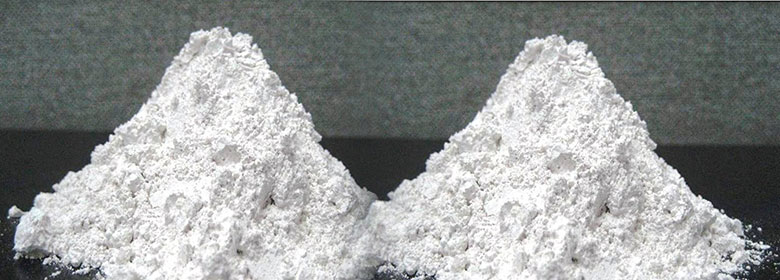
Lime Powder
Lime is a calcium-containing inorganic mineral composed primarily of oxides, and hydroxide, usually calcium oxide and/ or calcium hydroxide. It is also the name for calcium oxide which occurs as a product of coal seam fires and in altered limestonexenoliths in volcanic ejecta. The word lime originates with its earliest use as building mortar and has the sense of sticking or adhering.
These materials are still used in large quantities as building and engineering materials (including limestone products, cement, concrete, and mortar), as chemical feedstocks, and for sugar refining, among other uses. Lime industries and the use of many of the resulting products date from prehistoric times in both the Old World and the New World. Lime is used extensively for wastewater treatment with ferrous sulfate
The rocks and minerals from which these materials are derived, typically limestone or chalk, are composed primarily of calcium carbonate. They may be cut, crushed, or pulverized and chemically altered. Burning (calcination) of these minerals in a lime kilnconverts them into the highly caustic material burnt lime, unslaked lime or quicklime (calcium oxide) and, through subsequent addition of water, into the less caustic (but still strongly alkaline) slaked lime or hydrated lime (calcium hydroxide, Ca(OH)2), the process of which is called slaking of lime.
When the term is encountered in an agricultural context, it usually refers to agricultural lime, which is crushed limestone, not a product of a lime kiln. Otherwise it most commonly means slaked lime, as the more dangerous form is usually described more specifically as quicklime or burnt lime.
- • It is the raw material for the manufacture of quicklime (calcium oxide), slaked lime (calcium hydroxide), cement and mortar.
- • Pulverized limestone is used as a soil conditioner to neutralize acidic soils (agricultural lime).
- • Is crushed for use as aggregate—the solid base for many roads as well as in asphalt concrete.
- • Geological formations of limestone are among the best petroleum reservoirs.
- • As a reagent in flue-gas desulfurization, it reacts with sulfur dioxide for air pollution control.
- • Glass making, in some circumstances, uses limestone.
- • It is added to toothpaste, paper, plastics, paint, tiles, and other materials as both white pigment and a cheap filler.
- • It can suppress methane explosions in underground coal mines.
- • Purified, it is added to bread and cereals as a source of calcium.
- • Calcium levels in livestock feed are supplemented with it, such as for poultry (when ground up).
- • It can be used for remineralizing and increasing the alkalinity of purified water to prevent pipe corrosion and to restore essential nutrient levels.
- • Used in blast furnaces, limestone binds with silica and other impurities to remove them from the iron.
- • It is used sugar refining.
- • It is used in sculptures because of its suitability for carving.




